Knit Blocking
Knit Blocking - With the effort you put into knitting, you want your finished item to look fabulous. Web blocking is the finishing touch to a knitting project. Leave it for about 15 minutes to so it has time to get fully soaked. Don't know what to knit next? If you do not have a blocking board, you can usually substitute an ironing board or a spare mattress covered in towels. I’ve got just the thing! Blocking is a time consuming job and these essential tools for an knitter help the process go smoothly. If you’ve ever blocked your knits on towels on the floor like me, you know how annoying it is! You’ll start by soaking your finished project in water and then shape it into the desired dimensions. Web how to block knitting. If you do not have a blocking board, you can usually substitute an ironing board or a spare mattress covered in towels. 11k views 3 years ago. Fill your sink or basin with cool water and a squeeze of wool wash (or shampoo). Web what is blocking? This detailed tutorial explains what blocking is, why you block and when you. Learning to block your knits is essential. Web blocking is one of the most transformative processes in knitting. Web the final step in most knitting projects is blocking, which settles the knit stitches into place, stretches and reveals lace patterns, and allows your yarn to bloom and the collection of knit stitches to become a unified piece of fabric. No. Should you block every project? Smoothens out the rough edges. With the effort you put into knitting, you want your finished item to look fabulous. Web blocking is an important final step for almost any knitting project. Web blocking is an essential but often overlooked step in knitting. Wondering if your project really needs to be blocked? Web hair dryer blocking involves wetting your knit item, laying it flat, pinning down its sides then using a hairdryer set at cool setting to fully evaporate any residual moisture. During its first wash, a knitted garment will undergo a profound change — for a woolen handknit, the fibers will plump. Doing so may distort the stitches beyond correction. It evens out the stitches and the edges and gives your piece that finished look. Some people never block their knitting, and some people swear by it. It is a simple matter of washing or wetting your newly knitted item and letting it dry flat in the shape you wish it to. Blocking is a time consuming job and these essential tools for an knitter help the process go smoothly. If you’re using the knitter’s block, configure the tiles to accommodate your knitted item. Wondering if your project really needs to be blocked? While your item is soaking, set up the surface that you will be using for blocking. Instructions and tips. You’ll start by soaking your finished project in water and then shape it into the desired dimensions. Learning to block your knits is essential. How it works and what you need to be aware. How do you block knitting without mats? There are four main ways that you can block your kitting: Web the final step in most knitting projects is blocking, which settles the knit stitches into place, stretches and reveals lace patterns, and allows your yarn to bloom and the collection of knit stitches to become a unified piece of fabric. You will lay or pin your knits to the blocking board to ensure they keep their shape. Web how. With the effort you put into knitting, you want your finished item to look fabulous. Here’s a quick summary of how each method works. The blocking process will help secure the ends in place. Blocking is a method of stretching and shaping a finished knitted piece to reach the dimensions suggested in the pattern, to make two pieces that need. Web how to block knitting. Soak your knitted item in gentle wash per the yarn label instructions. No need to get overwhelmed, though! The blocking process will help secure the ends in place. Smoothens out the rough edges. How do you block knitting without mats? Before blocking knitting, weave in all loose ends; To start, you will need: Web why should you block knitting? Web 6 steps to block your hand knits. Web how to block knits. Do not rub, twist, or wring a handknit. Scroll to the bottom of this post and see a. Web do you block your knitting? That’s where blocking knitting comes in. To block your knitting, you will need to prepare a blocking board. The blocking process will help secure the ends in place. How it works and what you need to be aware. Soak your knitted item in gentle wash per the yarn label instructions. With the transformation, you’ll experience a wow factor! If you do not have a blocking board, you can usually substitute an ironing board or a spare mattress covered in towels.
HowTo Block Knitting Ultimate Guide Wet Blocking & More Interweave

3 Things Blocking Knits Can Fix (and 3 Things It Can’t) Knitting
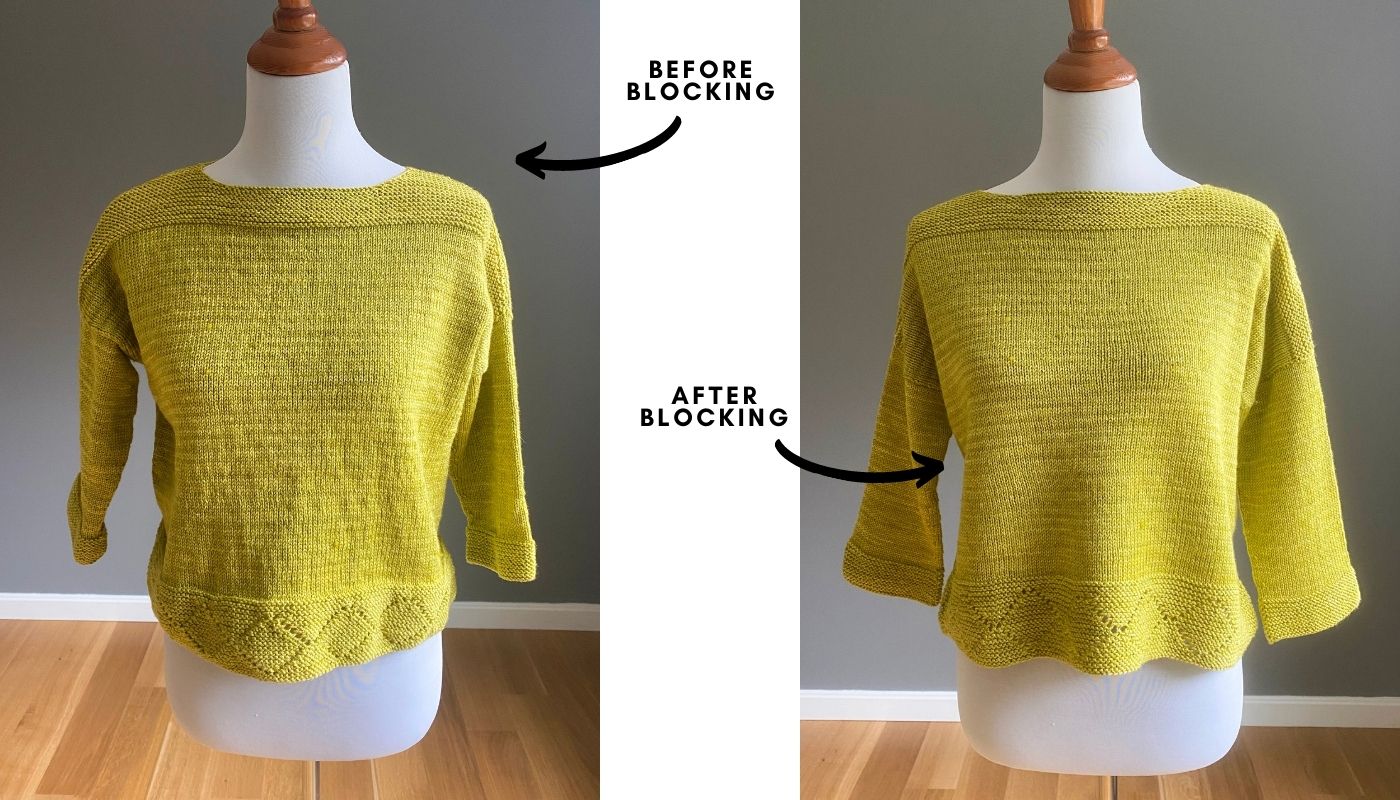
Before and After (blocking) Elizabeth Smith Knits

How to Block Your Knitting Cocoknits
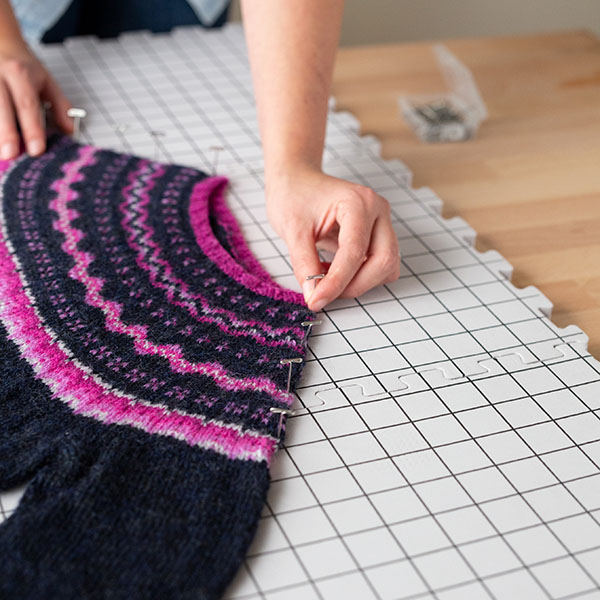
Blocking Knitting Video How to block knitting Knitting Then learn

How to Block Knitting YouTube

How to Block 100 Acrylic Yarn The Best Way for Knit + Crochet YouTube
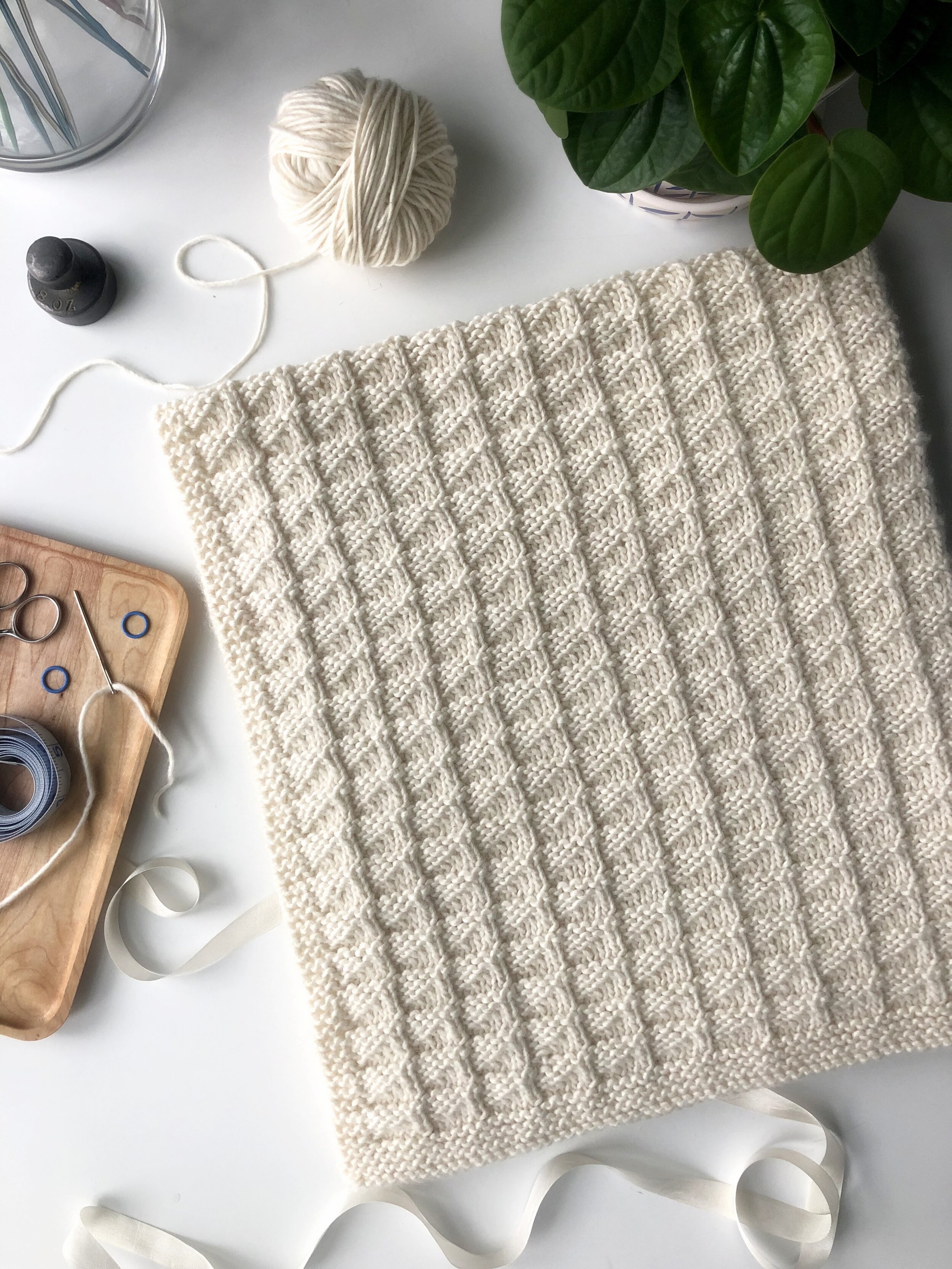
How to Block Knitting Blocking a Hand Knit Blanket Tutorial Final
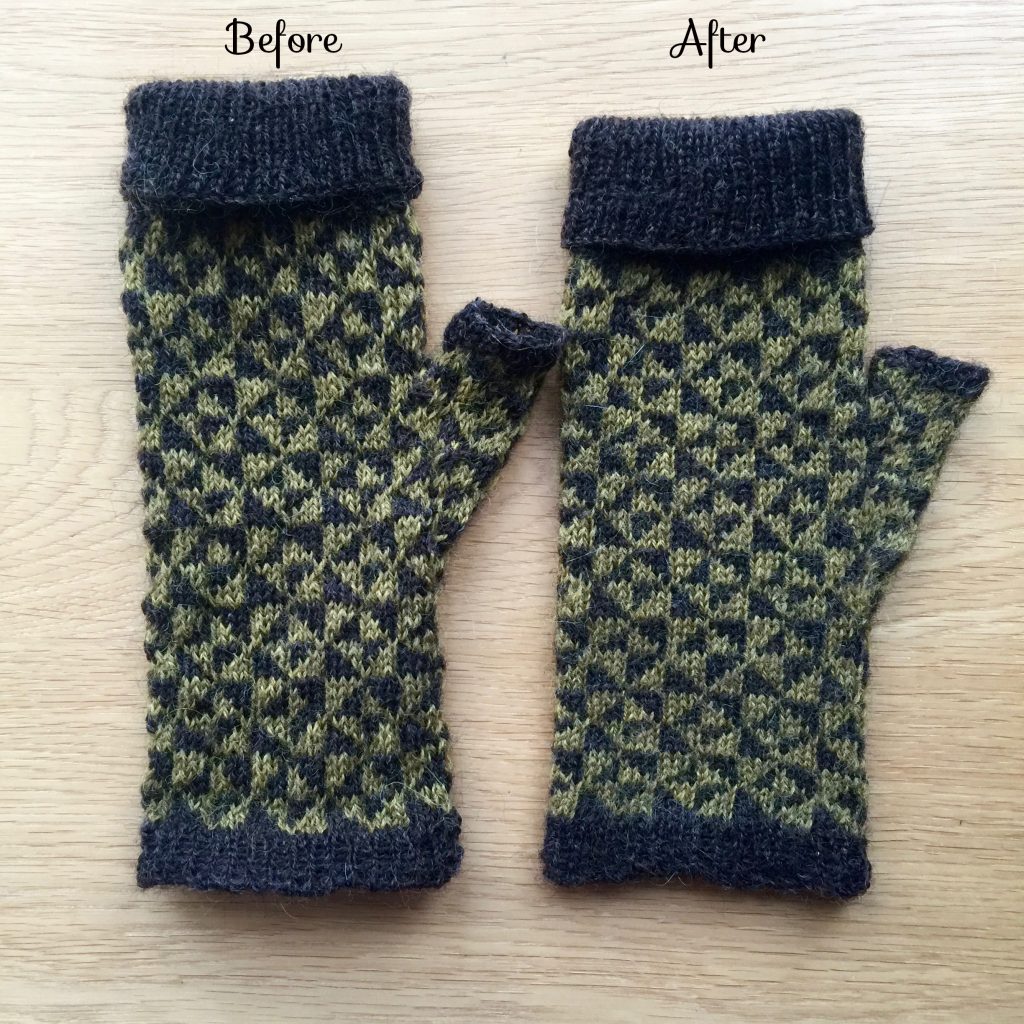
Stranded Knitting Blocking Tutorial LoopKnitlounge
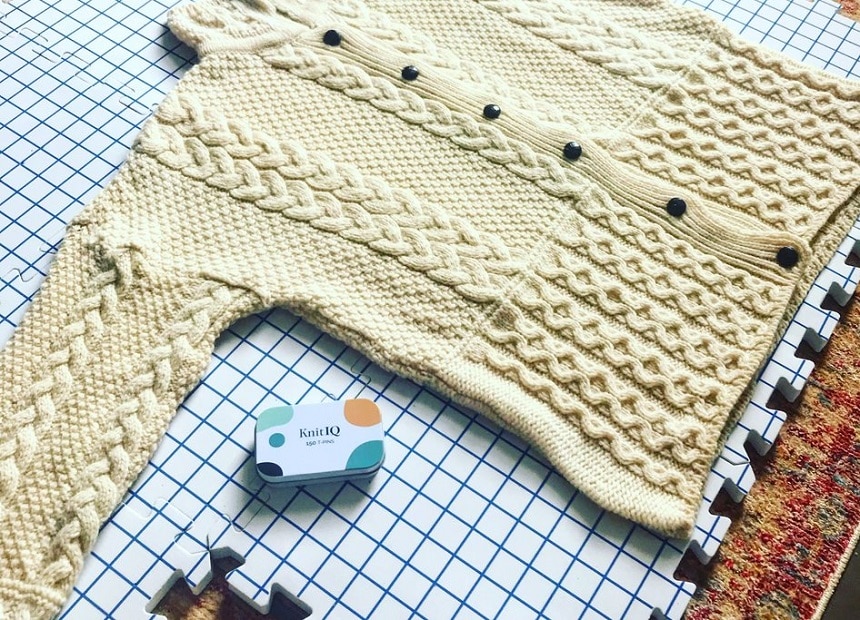
Blocking Knitting The Detailed Guide for Beginners
I’ve Got Just The Thing!
Web Blocking Is An Essential But Often Overlooked Step In Knitting.
You Will Lay Or Pin Your Knits To The Blocking Board To Ensure They Keep Their Shape.
Blocking Is A Time Consuming Job And These Essential Tools For An Knitter Help The Process Go Smoothly.
Related Post: